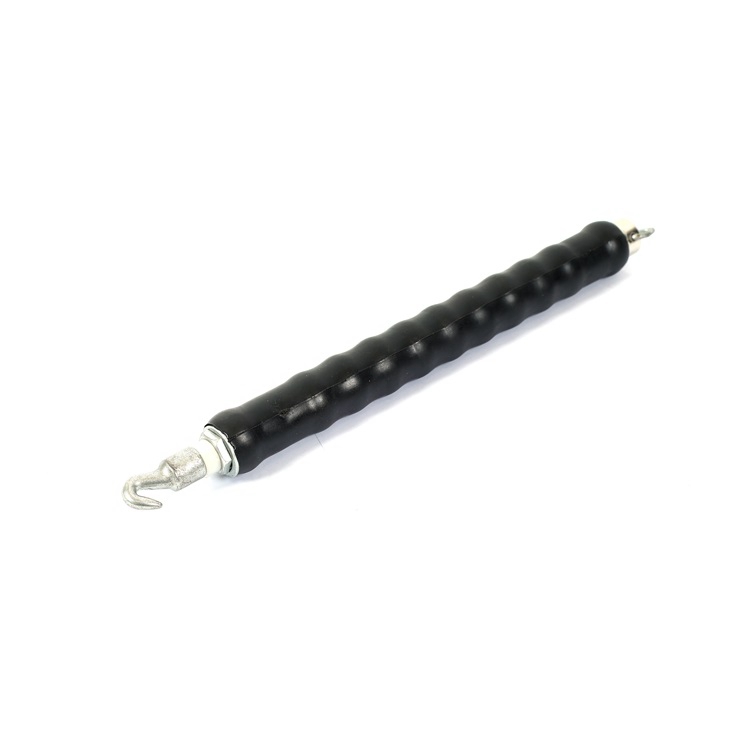High-Quality Barbed Wire Fences | Durable & Secure Fence Solutions
The Importance of Barbed Wire Fences A Look into the Manufacturing Process
Barbed wire fences have been an essential component of agricultural, industrial, and military settings for over a century. Their ability to deter unauthorized entry while allowing for effective boundary demarcation makes them invaluable. This article explores the manufacturing process of barbed wire fences, their key applications, and the importance of quality in production.
Manufacturing Process
The production of barbed wire begins with the selection of high-quality steel wire, known for its tensile strength and durability. The basic components include the Line Wire, which runs parallel to the fence, and the Barbs, which protrude at intervals. The manufacturing process typically involves several steps
1. Wire Drawing The first step is to draw steel rods through a series of dies to achieve the desired diameter for both the line wire and barbs. This process increases the strength of the wire while reducing its diameter.
2. Barb Formation After the line wire is prepared, barbs are formed by twisting short pieces of wire around the line wire at predetermined intervals. This is done using specialized machinery that ensures the barbs are securely attached and evenly spaced.
3. Galvanization Once the barbed wire is assembled, it undergoes a galvanization process to prevent rust and corrosion. The wire is submerged in a molten zinc bath, which coats the wire and enhances its lifespan. This step is particularly important for fences exposed to the elements.
4. Spooling The finished barbed wire is then wound into large spools for packaging and distribution. This makes it easier for transportation and installation at the customer’s site.
Applications of Barbed Wire
barbed wire fence factory

Barbed wire fences serve multiple purposes across various industries. In agriculture, they are frequently used to enclose livestock and protect crops from wildlife. The sharp barbs prevent animals from pushing through the barriers, thus ensuring the safety and security of the farm.
In industrial settings, barbed wire fences are critical for securing factories and warehouses. They act as a physical deterrent to potential intruders and are often used in conjunction with other security measures, such as surveillance cameras and alarm systems.
Military installations also make extensive use of barbed wire fences as a means of perimeter security. These fences can help control access to sensitive areas while providing a clear boundary to deter unauthorized personnel.
The Importance of Quality
Quality in barbed wire manufacturing cannot be overstated. High-quality barbed wire not only provides effective security but also requires less maintenance over time. Inferior products can lead to rust, breakage, and potential breaches, undermining the very purpose of the fence.
Manufacturers must adhere to industry standards during production, ensuring that the materials used are tested for strength, flexibility, and resistance to environmental factors. This commitment to quality guarantees that each product is reliable and durable.
Conclusion
Barbed wire fences may seem simple, but their manufacturing process involves meticulous attention to detail and quality control. These fences play a significant role in agriculture, industry, and security, proving their worth in various applications. As demand for effective security solutions continues to grow, the importance of robust barbed wire manufacturing becomes even more evident. Quality barbed wire not only secures properties but also provides peace of mind to those who rely on it every day.
-
The Durability and Versatility of Steel Wire
NewsJun.26,2025
-
The Best Iron Nails for Your Construction Projects
NewsJun.26,2025
-
Strengthen Your Projects with Durable Metal Stakes
NewsJun.26,2025
-
Get the Job Done Right with Duplex Nails
NewsJun.26,2025
-
Explore the Versatility and Strength of Metal Mesh
NewsJun.26,2025
-
Enhance Your Security with Razor Wire
NewsJun.26,2025














